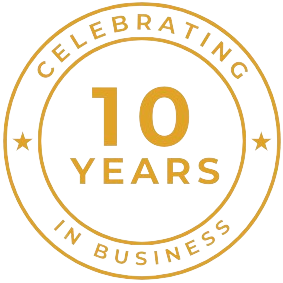A couple of years into my corporate job, I was so excited – I finally had a cheerleader. My manager was recognizing my hard work and saw potential in me, and I’d even hear from other people that she was giving me praise when I wasn’t there. I finally felt confident that I had someone in my corner.
Until someone asked me, “Well Colleen, what are you going to do if she leaves the company?” It never dawned on me! I needed to have more than one cheerleader in my corner.
If you’ve watched me on these previous videos, you know I was recently struck by an article from Forbes, where their council shares their top tips for women in leadership. And over a series of videos, I’m going to be sharing one of those tips on each one, along with my personal experience and take, with the hopes of helping you shorten your leadership learning curve. Today’s tip: build your own personal board of directors.
I love how Forbes has framed this up, because it’s not about having one cheerleader; it’s about having multiple people, a board of directors. Three, specifically. The first one is a mentor. Now when I do my full-day leadership workshops, we talk a lot about mentorship. Ideally, a mentor should be within your organization, but it could be somebody at another company.
A mentor is somebody who has already gotten to the position or the path that you want to.
They’ve already climbed that ladder, gone through that journey, and they know the steps to get from where you are today to where you want to be. They’re going to be there as a sounding board and give you advice, and be very open and connected to you.
The second person is a sponsor, and that is different than a mentor. A sponsor needs to be within your organization. They’re somebody who knows what you’ve done and what you’re capable of doing, and they’re willing to risk their own personal reputation and recommend you when they hear an opportunity arise – even when you’re not present. They’re somebody that’s going to go to bat for you, every time.
Finally, the third person is a coach. It wasn’t until about 10 years into my corporate career that I finally invested in a coach. And it is an investment: financially, energy, and time-wise.
A coach is somebody who’s going to help hold you accountable, who’s going to give you that extra push. You’re hiring them to give you that movement forward.
They have other skills and other resources that you may not have access to. Stay tuned! In the weeks ahead, each video will have a new tip for you. And if you have a tip that you would like to share to help shorten someone else’s learning curve, please post it in the comments below.

